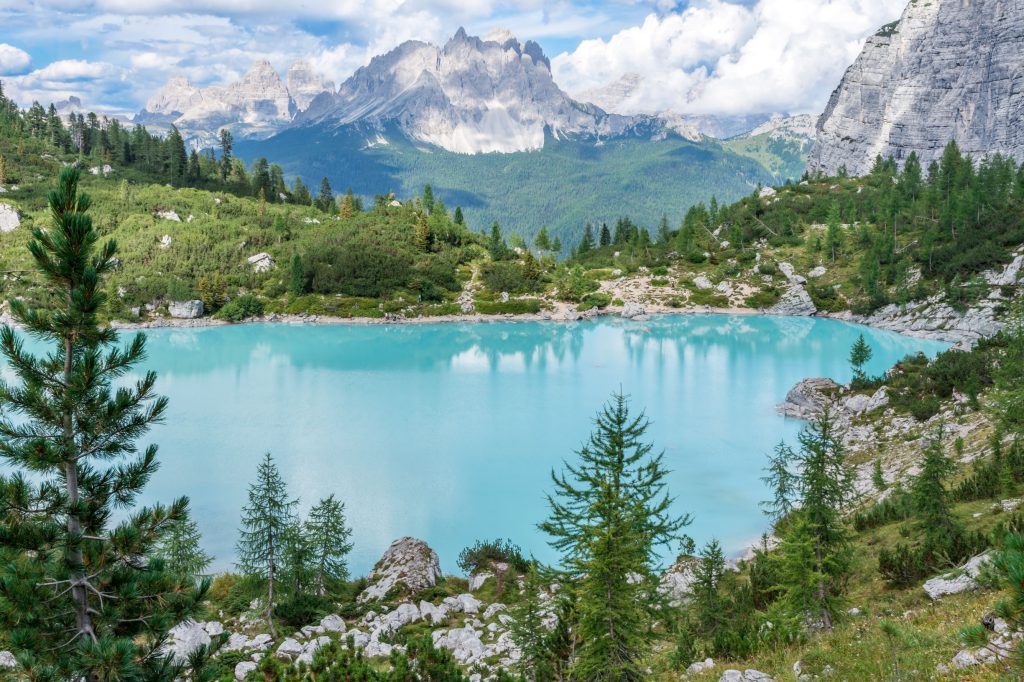
Whether you live in a big city or on a rural countryside, infrastructure surrounds you on a daily basis. Look around you: buildings, roads, pipes, powerlines… all things that fuel operations and daily life for our society. While these man-made structures have undoubtedly had a positive influence on our world, there has been a political call for action, begging parties to address current infrastructure shortcomings, which begs the question: what other infrastructure do we need to care for?
According to Oxford Dictionary, infrastructure is defined as “the basic physical and organizational structures and facilities needed for operation of a society.” While this obviously includes built structures, many forget that our society requires elements of natural landscapes, including forests and wetlands. These natural forms of infrastructure provide some of the same services as built infrastructure can, like protection against weather conditions and a clean water supply.
Going Green for the Blue
Viewing our forests as a natural form of infrastructure allows us to see the natural systems that take place within a forest habitat in a similar fashion. Forests themselves are a natural form of water infrastructure. Surprisingly, they can mimic a water storage reservoir, a flood control system and a water treatment plant, all at once. Since these events happen naturally in nature they can help eliminate or decrease the need for capital spending on built infrastructure.
How Healthy Forests Can Support Clean Water
As man-made infrastructure ages, the value usually decreases; not to mention the costs incurred with repairs and replacements. The opposite is true for natural infrastructure. As a forest ages, grows and matures, its value actually grows in appreciation value. When issues arise with water infrastructure, allocating funds for repairs can be a huge burden on governments. To curb this, some cities have begun investing more in natural infrastructure, in hopes of eventually switching a majority of their resources over. By choosing to invest in sustainable forestry practices and natural improvement costs, cities can save billions of dollars.
Forests can provide benefits beyond supplying clean water, some of which include:
1. Acting as a sponge or buffer to stop flooding. They are able to do this through absorption of rainwater during storms or floods. Not only does this protect livable areas, but also extends the lifespan of established built systems.
2. Through absorption of rain and flood waters, forests essentially mimic a water storage reservoir. Because of this, they are able to combat scarcity in times of drought or dry spells by releasing fluid as needed by the environment.
3. Forest canopies release water vapor which regulates the amount of precipitation that breaks through the coverage. This regulation can help complex root structures hold soil in place to control erosion and absorb nutrients that can lead to water pollution.
Taking a Stand
Understanding how important our forests are to our daily life also yields more reasons to be protecting and preserving them. For our friends in the timberland industry, that usually means understanding and implements sustainable forestry practices. If you or your company are interested in understanding these practices or about our revolutionary supplemental applications, please do not hesitate to reach out in our Contact Us form.

Let’s Work Together
Orbis helps you make better sense of your assets, and better use of everything involved in managing them. Request more information or book a consultation with us today.
